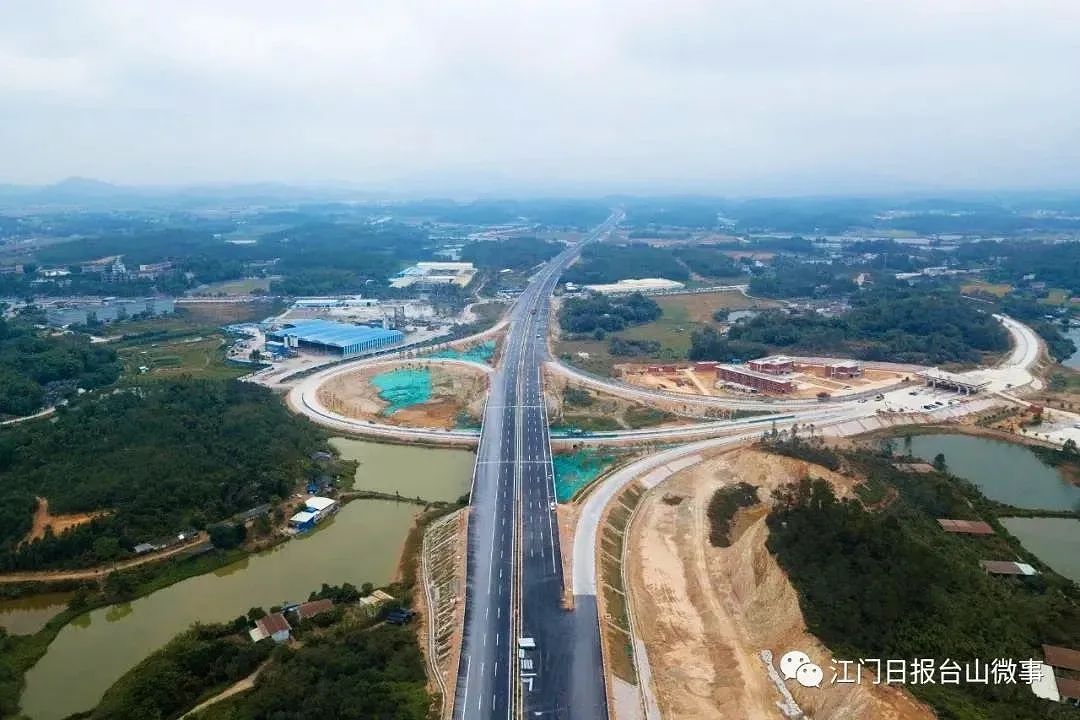The WeChat official account official set the prompt to adjust the push rules because of the WeChat official account
.
If you want to continue to receive the contents of this official account, please set the public building number as the star sign, and more points of the “look at” and “praise”
.
Star setting: enter the official account home page, click on the top right corner, click “set star”, and yellow star will appear next to the official account name (Android and iOS user operation is the same)
.
Source: along the way, Geotech million ton cement Hong Kong Zhuhai Macao Bridge is about 55 km long, crossing Lingdingyang and connecting the two sides
.
The Hong Kong Zhuhai Macao Bridge is the longest sea crossing bridge in the world
.
In addition to the unprecedented construction difficulty, the consumption of construction materials is also amazing
.
According to statistics, the main bridge section (about 30 km long) across the sea alone uses more than one million tons of cement
.
Among them, the vast majority of cement used in the production of bridges, the main material – concrete
.
Concrete is the most common artificial material in construction engineering
.
Because it is a man-made material, the performance and strength of concrete are closely related to the level of its manufacturer
.
If a good dish needs the careful cooking of the chef, then a good concrete also needs the careful preparation of the engineer
.
Only in the manufacturing process strictly follow the instructions of the engineer, according to the correct formula and steps, can achieve the expected performance and strength
.
Formula of concrete: the Hong Kong Zhuhai Macao Bridge Project consumes so much concrete that we may worry about whether some careless engineers have produced some unqualified products
.
If these unqualified products are used in the key parts of the bridge, the consequences will be unimaginable
.
Therefore, before concrete is used in engineering construction, we need to carry out the last step – testing, to ensure that the products used are qualified products through the correct production process
.
The strength of the concrete can never be tested immediately when it is produced
.
Because the chemical reaction between cement and water has just begun, the concrete is still in the state of flow
.
In order to test the strength of concrete, when it is still in the flow state, we will first put it into a cube box
.
After the initial setting of concrete, the strength will gradually increase with time
.
If the test block is taken to test at this time, the measured strength is very low, which can not reflect the final strength of concrete
.
Therefore, before the test, these shaped test blocks should be put into the water for curing, so as to wait for the strength to be improved to a testable state
.
After the curing of the concrete, it becomes a standardized cube sample
.
The concrete samples are put on the press for pressure test
.
The pressure test of concrete can predict that when a certain pressure is exceeded, the concrete will eventually be crushed
.
The maximum pressure that the sample can reach during crushing is the strength represented by this sample
.
The sample is crushed under a certain pressure
.
In the whole testing process, the key point is: when can the concrete be tested to reflect its final strength after it is produced? The strength of concrete comes from the chemical reaction between cement and water
.
As the chemical reaction becomes more and more sufficient, the strength will gradually increase
.
This gradual solidification process is called curing of concrete
.
It’s amazing that the solidification of concrete never stops
.
It’s just getting slower and slower
.
As long as curing continues, the strength of concrete will continue to grow
.
It sounds as if there is never a way to know the ultimate strength of concrete
.
However, through a large number of studies, it is found that the growth rate of concrete strength will obviously slow down after a certain period of time
.
This means that after a certain period of time, the strength of the concrete will develop to almost the same as the final strength
.
When the concrete is cured to 28 days, the difference between its strength and that of 112 days is less than 5%
.
In engineering circles, it is a common practice that concrete is tested on the 28th day after production, and the test results are taken as the representative value of concrete strength
.
HOKLAS report of concrete strength growth curve: Construction of Hong Kong Section of Hong Kong Zhuhai Macao Bridge started in 2012
.
In response to the inspection of engineering materials involved in the project, the works Department set up the Siu ho Wan laboratory in northern Lantau at the end of the same year
.
One of the tasks of the test institute is to test the strength of concrete samples
.
The management and operation of Siu ho Wan laboratory is undertaken by the testing unit Jacobs
.
The works department is responsible for supervising and auditing the testing reports
.
If the test results of concrete strength are to be recognized, it must be proved that all test steps are carried out in full accordance with the specification
.
If the inspection carried out by the public works test is determined by the works Department to be carried out in accordance with the specified test procedures, the HOKLAS (Hong Kong Laboratory Accreditation Scheme) logo can be used on the inspection report to prove the authority and effectiveness of the report
.
This kind of report is called HOKLAS report, which is similar to CMA mark detected in China
.
HOKLAS mark on the test report (upper right corner) if human error occurs in the test process, resulting in defects in the test process, even if it has no impact on the final actual test results, HOKLAS mark will not be allowed on the report
.
These reports are called “non HOKLAS reports”
.
Under normal circumstances, a compliance testing process of the test institute is as follows: after receiving concrete bricks (in jargon, concrete test blocks) from the construction site, after a series of measurements and records, the relevant concrete brick samples will be put into the sink for curing, which is called “curing bricks”; 02 fill in the working paper, and the relevant staff will fill in the work form (in jargon) with the information Each morning, the first batch of employees will check the stored working paper
.
If some samples have reached 28 days, they will take out this part of the working paper, and then according to the data on the working paper, they will take out the concrete bricks that need to be tested on that day from the sink
.
This procedure is called “brick fishing”
.
04 after the brick is weighed and retrieved, the staff should wipe away the residual water on the concrete brick sample, and then weigh it
.
This procedure is called “weighing bricks”
.
After weighing the bricks, the staff can test the concrete bricks in batches, which is called “pressing bricks”
.
After the test, the device will automatically generate a record sheet
.
06 after the completion of the test report, the technician will prepare the concrete test report
.
The test report will be attached with the relevant concrete test record sheet, list, working paper and application form (the record sheet, list, working paper and application form are collectively referred to as “report attachment”) and will be signed by the then chief technician to verify whether the concrete test has been carried out in accordance with the established procedures (i.e
.
obtained or not) Not approved by HOKLAS)
.
In these six steps, the most critical is the fifth step: pressing bricks
.
If there is a mistake in the process of brick pressing, or the strength of concrete brick fails to meet the standard after failure, it is obvious that such a report will not be approved by HOKLAS
.
Moreover, the concrete strength test is irreversible, if the test sample has been crushed, there is no other remedy
.
Unusual report on the morning of July 26, 2016, four years after the establishment of Siu ho Wan laboratory, the technicians of works department found several unusual points in a routine inspection of the test report
.
1
.
There are two records for the same concrete brick.
.



